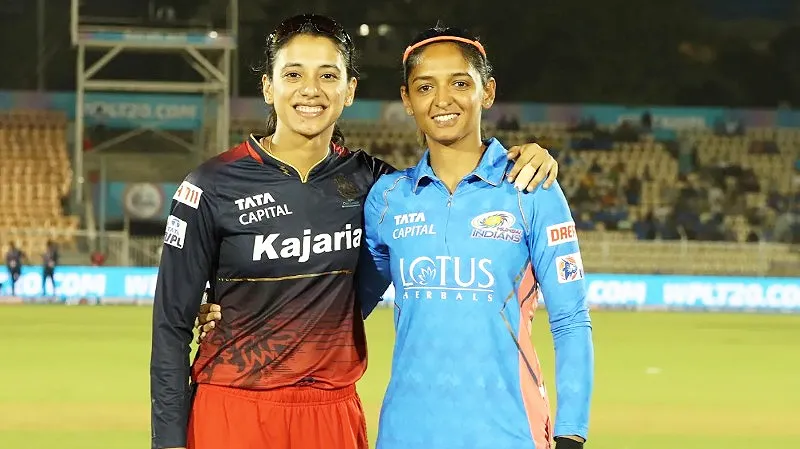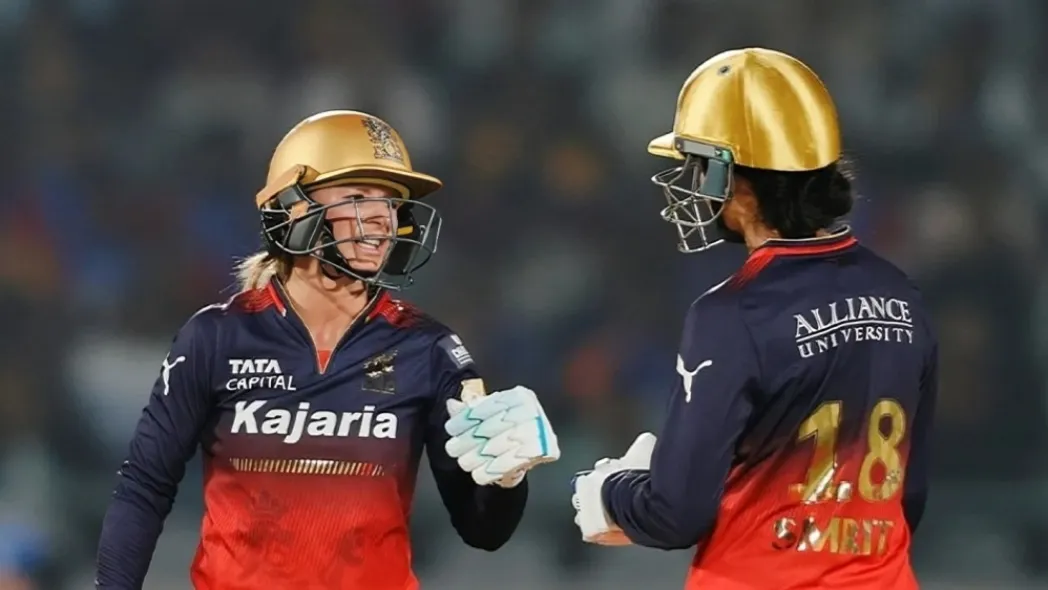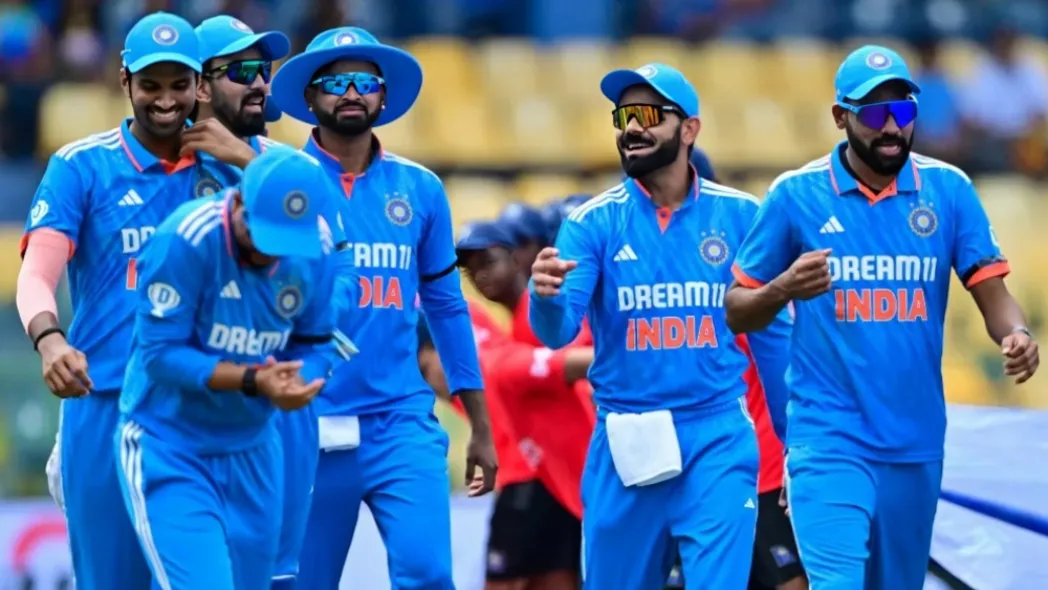In the dynamic world of cricket, it is often the unsung heroes who make the most significant impact on the outcome of a match. Simarjeet Singh, a relatively lesser-known player, demonstrated this in Match 61 against the Rajasthan Royals (RR). His performance was not only pivotal but also showcased his skills and cricketing acumen, leaving fans and experts in awe. This blog post delves into the specifics of Simarjeet’s remarkable performance, analyzing what worked for him and how he managed to outshine more established players.
One of the key factors that contributed to Simarjeet Singh’s success was his impeccable control over his bowling lengths and his acute awareness of the batsmen’s movements. For instance, when bowling to Jos Buttler, Simarjeet noticed that Buttler was moving around the crease. Instead of sticking to a shorter length, which could have allowed Butler to adjust and play his shots, Simarjeet opted for a fuller length. This strategy paid off as he managed to dismiss Buttler, highlighting his tactical awareness and ability to adapt to the batsman’s strategy.
Simarjeet’s wristy release played a crucial role in his success. His loose wrist action allowed him to generate extra bounce and zip off the pitch, even on slower tracks. This attribute was particularly effective against Yashasvi Jaiswal, who struggled to handle the unexpected bounce and pace. The ability to deceive batsmen with extra bounce on a slow wicket is a testament to Simarjeet’s skill and finesse as a bowler.
Adding to his repertoire, Simarjeet’s extra airspeed was another critical factor that set him apart. On a slow wicket, this added pace can be instrumental in outfoxing batsmen. As cricket analyst Varun pointed out, even good players can be beaten by a little bit of extra airspeed on a sluggish pitch. Simarjeet’s ability to consistently deliver with such pace disrupted the rhythm of the RR batsmen, making it difficult for them to settle and score freely.
Throughout the season, there has been a noticeable shift in how bowlers utilize slower balls. Early in the season, many bowlers opted for into-the-pitch slower balls, primarily due to the two-bouncer rule. However, as the season progressed and wicket conditions became slower, bowlers, including Simarjeet, adjusted their lengths. Instead of shorter deliveries, they started bowling fuller or length slower balls. This strategic change proved to be more effective as it gave batsmen less time to react to the pace change, increasing the likelihood of taking wickets.
On slower wickets, a shorter length can often sit up, giving batsmen ample time to adjust their shots. Simarjeet’s decision to bowl fuller on such a wicket minimized the batsmen’s reaction time, thereby increasing the difficulty level and leading to more dismissals.
Simarjeet Singh’s performance against RR was a masterclass in adapting to conditions and exploiting the weaknesses of the opposition. His understanding of the pitch, coupled with his strategic bowling, made him a standout performer in the match. But beyond this single performance, Simarjeet’s display of skill and intelligence hints at a promising future.
Want to stay ahead in the world of cricket? Explore our comprehensive Blog Post, insightful analysis, and the latest updates on all your favorite fixtures and more at JeetBuzz News. Don’t miss out and dive into the action now!































